Growing sweet corn: rules and recommendations
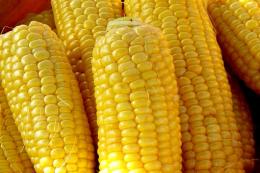
Surprisingly tasty and uniquely tender sweet corn is a frequent guest on the tables of many families today. In addition to its unique taste, corn cobs are incredibly useful for humans, as they contain almost a third of the elements of the periodic table necessary for the human body.
In addition, you can grow sweet corn on your own plot; it is not at all necessary to buy canned or frozen grains in supermarkets. Corn is not too picky when grown and can even grow peacefully in the same bed with climbing green beans. It is also often planted along the perimeter of the bed; the main thing is to choose the most sunny place, because without a sufficient amount of sunlight, corn will not be able to form cobs.
Content:
- Preparing the soil before planting sweet corn
- Learning how to properly care for sweet corn
- Corn harvest
Preparing the soil before planting sweet corn
Loves corn very much fertile soil, the acidity level of which is below five. This plant simply needs a lot of moisture so that the stems and ears have enough strength to form and grow quickly, so experienced agronomists advise starting in the fall to thoroughly plow the areas where corn will be grown.This way, over the entire winter and spring, the soil will be able to accumulate a fairly large amount of moisture, which should be enough for the uninterrupted and rapid growth of the plant.
High-quality spring cultivation of the land with a cultivator and the application of mineral fertilizers along with humus are mandatory tasks for those who want to grow fertile and very juicy corn.
In order for seedlings to emerge from the soil as quickly as possible, the following technique is used: 5 days before planting, the grains are heated in the sun and then washed under running water. The result of such simple manipulations will surprise you very much. You can't grow good corn from bad kernels. So choose your planting material very carefully.
Most favorable time for sowing – mid-May. It is at this time that the soil already has an average daily temperature of +10 degrees Celsius and there is no threat of frost. The grains are planted to a depth of about 5 cm and the distance between the rows should be about 30-60 cm, depending on the variety. Already sprouted stems can then be thinned out a little so that excessive density does not interfere with normal growth and ripening.
Learning how to properly care for sweet corn
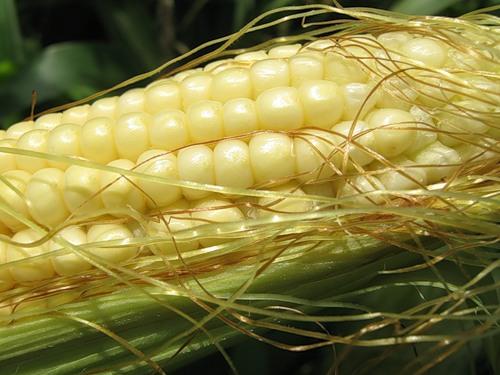
As soon as the sunrises appear. It is necessary to regularly loosen the soil between them and completely eliminate any weeds that may interfere with the development of corn. It is best to loosen the soil immediately after rain, so that the maximum amount of necessary moisture will be retained in the soil for the plant.
Sunrises that already have five petals will be very grateful for feeding with potassium salt, superphosphates, and ammonium nitrate. It is best to apply such fertilizers in the form of properly dosed solutions.Subsequent feeding will be needed for the flowering period and the period of ear formation.
To understand what kind of fertilizer the corn is lacking, just carefully monitor the condition of the leaves. If there is a lack of nitrogen, you can observe yellowed and withered leaves. If there is not enough phosphate, the leaves will show signs of redness. If corn has potassium starvation - it will stop its growth, and on the edges of the sheets you can see what looks like burns. The grain on the cob will be uneven, and large and small grains will be mixed together.
Corn is not considered a finicky plant. But if you at least water it regularly, especially during the formation of the cobs and during their milky ripeness, then it will thank you with very tasty and juicy grains on the heads of cabbage, which each of us loves so much.
In severe droughts, without sufficient moisture, corn will not be able to form juicy ears, it will not even be able to continue its normal growth. So pay special attention to it during dry seasons.
But excess water can also lead to negative consequences - the soil simply will not be able to properly pass air to the roots of the plant. This means that you should not expect normal growth and good fruits. Therefore, if the rainy season occurs during the period of corn growth and development, you need to regularly loosen the soil.
Corn harvest
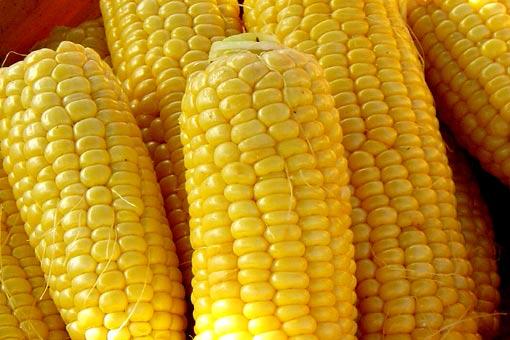
Most delicious corn grain – in the phase of milk ripeness. It is during this period that the ripened heads of cabbage need to be collected and the grains boiled, pickled or canned. To know for sure that corn can already be harvested, you need to count 20-25 days from the end of the plant’s flowering period. It is during this period that the grains will be the juiciest.
Other signs that corn is ready for harvest are:
- the top wrappers begin to dry out at the edges, with a width of dried wrappers of about 1 mm
- the top wrappers pull the head of cabbage tightly and are no longer as moist as their deeper layers
- the pistillate filaments on the top of the cob acquire a brownish tint, but do not dry out yet
- The rows of grain on the head of cabbage should lie tightly to each other
- sunny yellow color should be on all grains of the cob, even from the very top
- the tops of the grains are round, elastic, without signs of wrinkles
- with slight pressure on the grain, the shell bursts, the embryo is clearly visible and milk-sugar liquid flows out
More often corn is starting to be harvested at the beginning of August, but there are quite warm and pleasant years when it becomes quite ripe at the end of July. If you want the collected heads of cabbage to be as juicy and sugary as possible, just collect them early in the morning, it is during this period that they are most suitable for consumption. Under the sun's rays, the grains quickly lose their sugar level, but resume at night.
Since the cobs form and ripen in several stages, it will be possible to harvest corn for up to several weeks in a row, simply picking the ripe heads each time and not touching the young ones that are still forming. But the picked heads of cabbage must be immediately boiled or the grains rolled up, since in just one day the picked corn loses more than half of its sugar.
Useful video about organizing drip irrigation of corn:
Interesting information about the vegetable garden

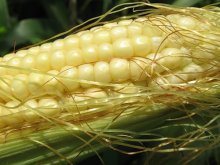
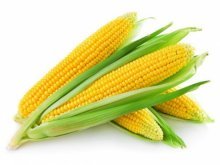
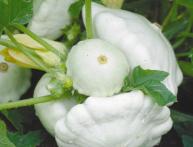
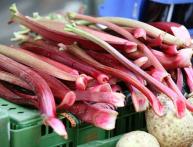

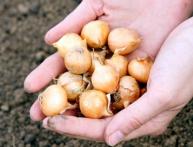
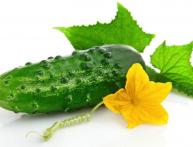
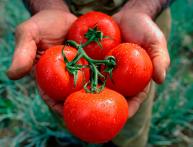
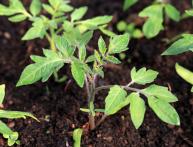
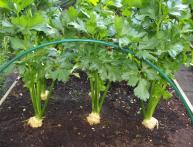
Comments
I remember about two years ago I planted sweet corn, but the harvest was bad, I thought I had come across this variety and didn’t grow it myself, so I bought canned corn.Now I read this article, it turns out that not only did I not grow it correctly, but I harvested it late. I'll try to plant as described here, I hope it works.
I’ve never wondered before why corn sometimes gives birth and sometimes doesn’t in the country. Thanks to the article, I realized that I simply didn’t look after her correctly. I never thought about fertilizing and loosening the soil. Now I'll learn from my mistakes